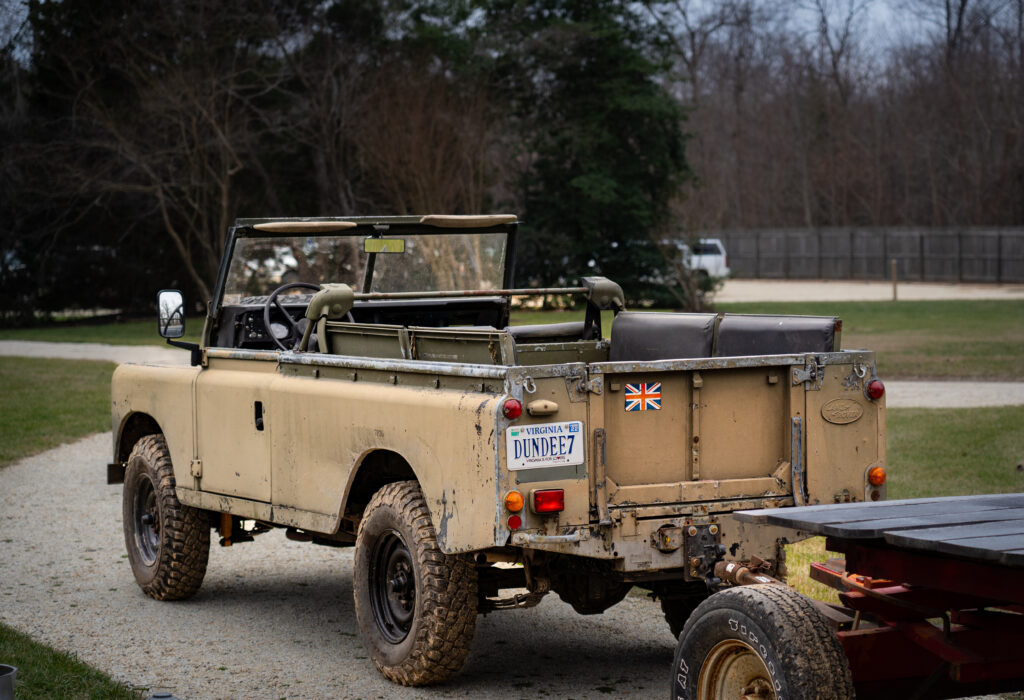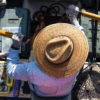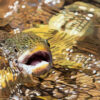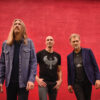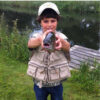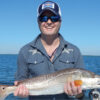A Virginia Twist on a British Tradition
As early as the 16th century, the British have been gathering to hunt pheasant, a bird alleged to have been brought to England by officers in the Roman army who were fond of its taste. But it was the advent of the breech-loading shotgun in the mid-19th century that marked the beginning of the driven pheasant shoot that we know today.
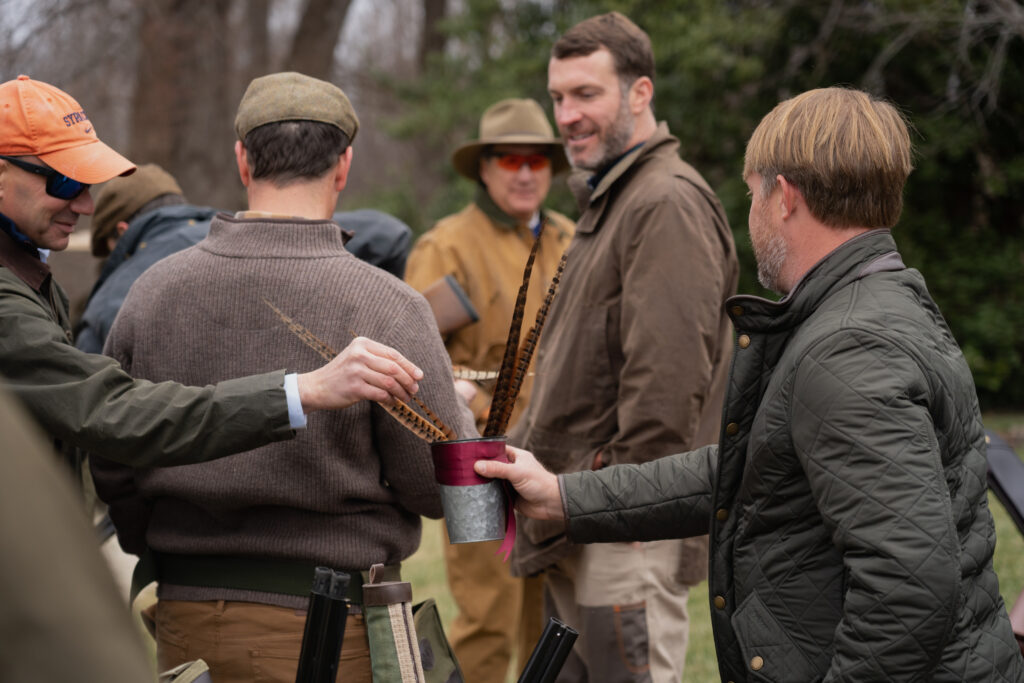
For the British, the driven pheasant shoot is rich in tradition and rife with pageantry, offering some of the most challenging wing shooting a hunter may face in a lifetime. On a classic driven shoot, teams of beaters carry large flags and advance through woods and game fields to drive pheasants towards shooters, which are also called “guns” in Britain. Arranged in a line at intervals of 20 or 30 yards and often at the base of a hill, guns are stationed at stands or pegs, gaze at the sky and prepare for the birds’ approach. Flushed birds arrive at full speed and present participants with a small window and difficult overhead shots that test the most experienced shooters.
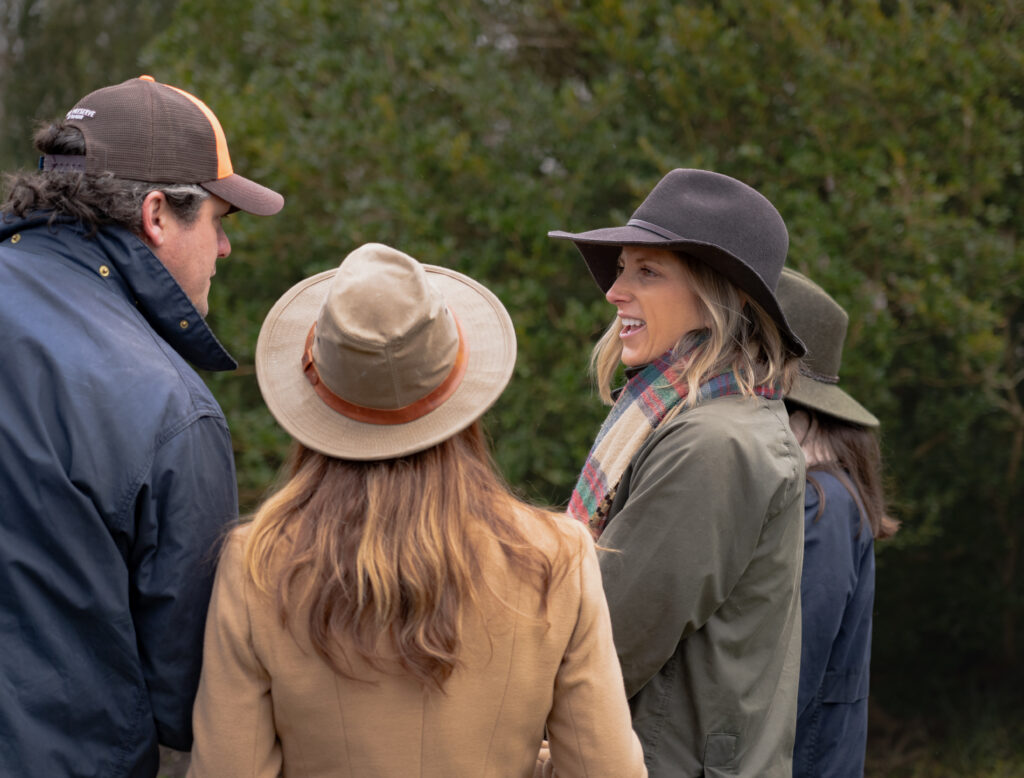
Shooters aren’t alone at their pegs; retrievers and their owners are also stationed there. The traditional British term for the pair is “picker-ups,” and to many they are the stars of the show. Waiting patiently with tensed muscles and intent stares, retrievers watch carefully as birds take flight and remain calm during a flurry of activity, shotgun blasts and excitement. They are trained to react to their handlers’ whistles, commands and hand gestures, remaining intent on a successful retrieve and delivering a bird to their owners’ hands.
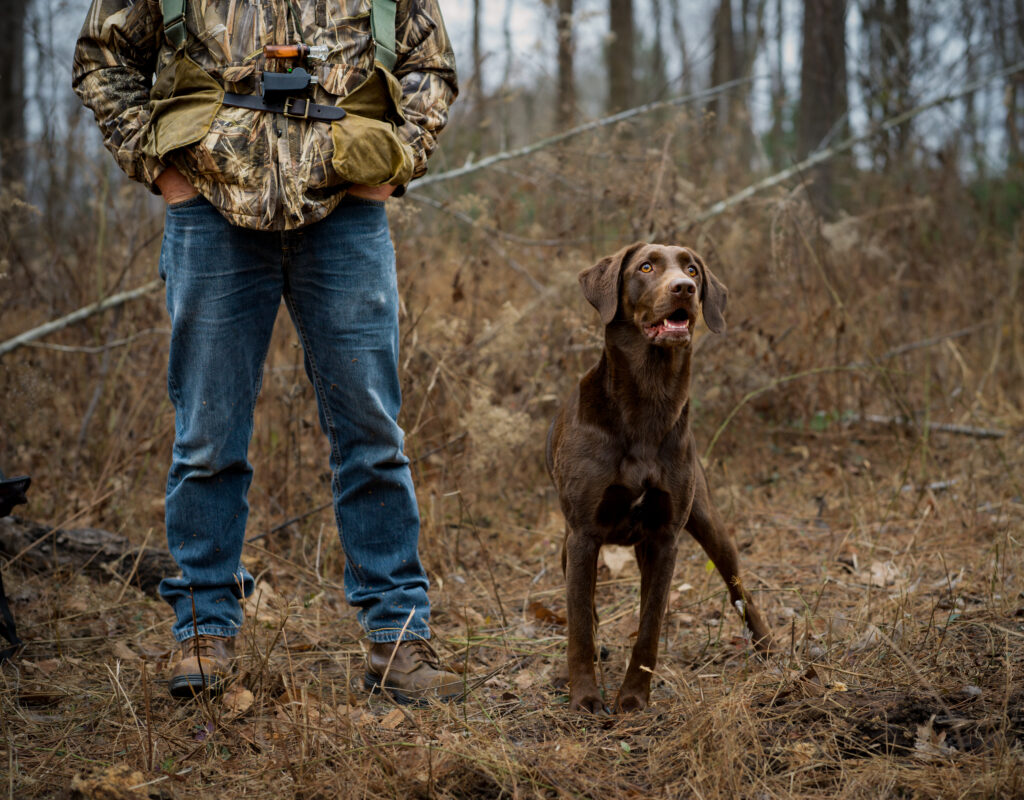
The appeal of a hunt like this is not limited to challenging shooting. A driven shoot is also a social event, a tribute to a bygone era. Since Edwardian times, participants have assembled with break-open shotguns to test their shooting skills and engage with friends in the fields, heather moors and countryside-surrounding grand estates.
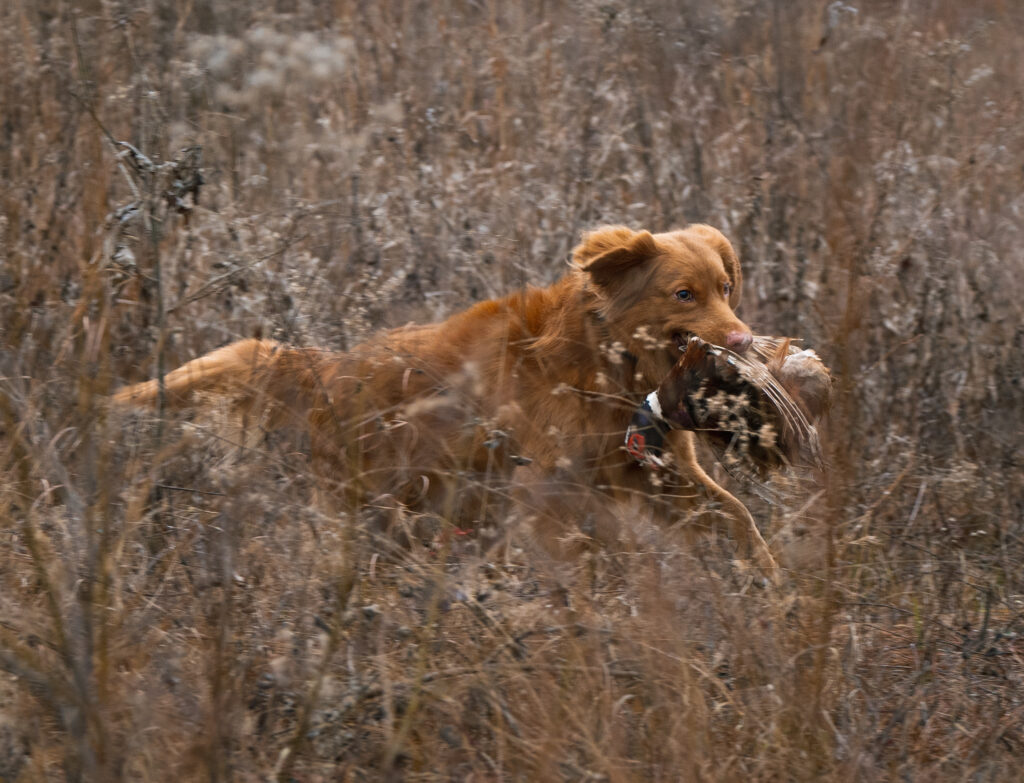
This setting on a brisk winter day isn’t a British estate, but a historic home and shooting preserve in Hanover, Virginia. Nestled in the pines and native grasses of Central Virginia, The Preserve at Dundee offers a wide variety of hunting and hospitality options. The manor house was built in 1810, and at one point was owned by the family of a Confederate general. Present owner Ted Barrett and his family have lovingly restored the estate to its original grandeur.
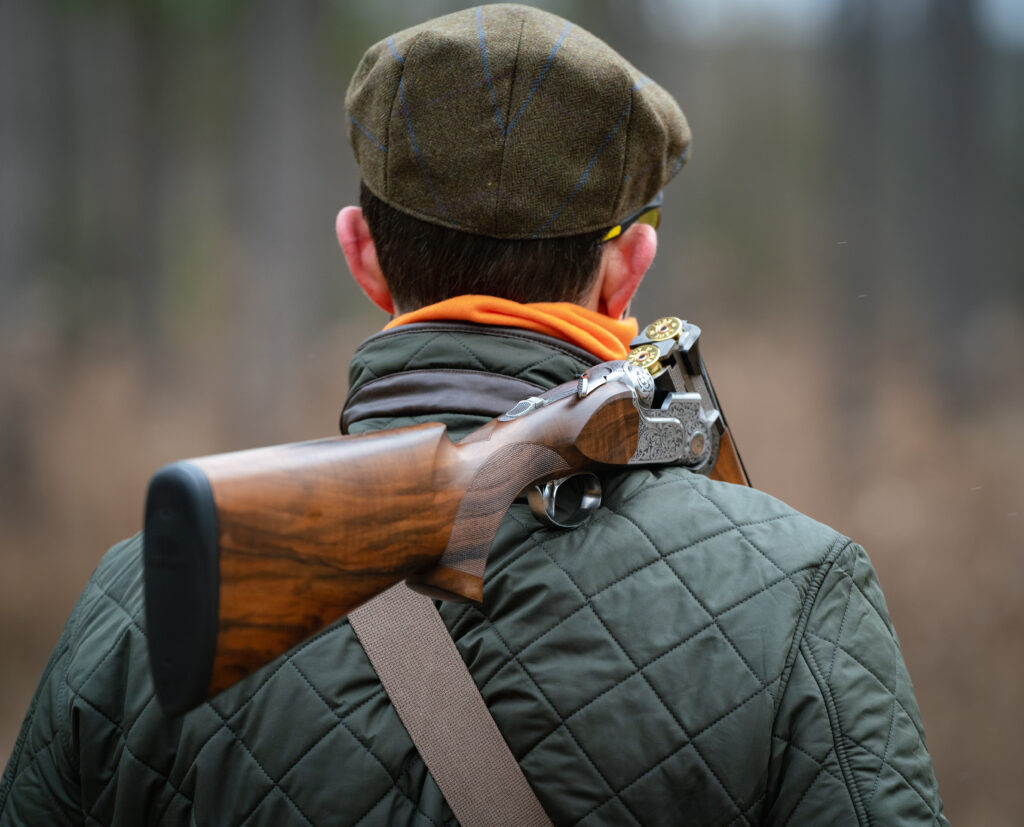
Dress for our day in the pines was fashionable and functional. Brown-and-green toned breeches, tweed flat peak caps, woolen knee socks and rubber boots known as “Wellies” kept participants warm and dry. Well-worn waxed canvas is particularly useful on these hunts, offering participants protection from the wind and chill.
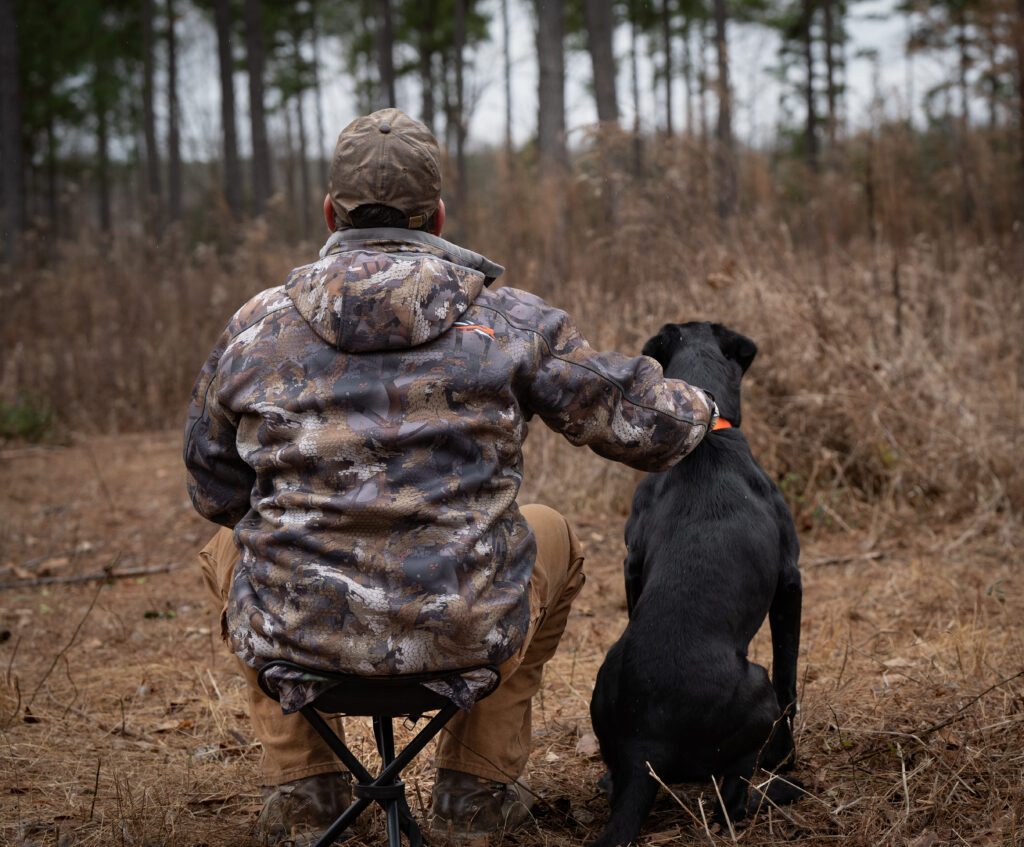
For people living in the Commonwealth, our heritage provides us with strong ties to the British sporting life. The tradition was evident as guests made their way to the longleaf pines that border The Preserve at Dundee. Upon arrival, they positioned themselves at their assigned pegs, loaded guns with shells and waited for the horn blast signaling the start of the day’s shoot. In this hunt, beaters don’t drive pheasants; instead, birds are released from the woods’ center. And the dense grove of pines provides close quarters and tight windows for shooting, which is an advantage for the pheasants.
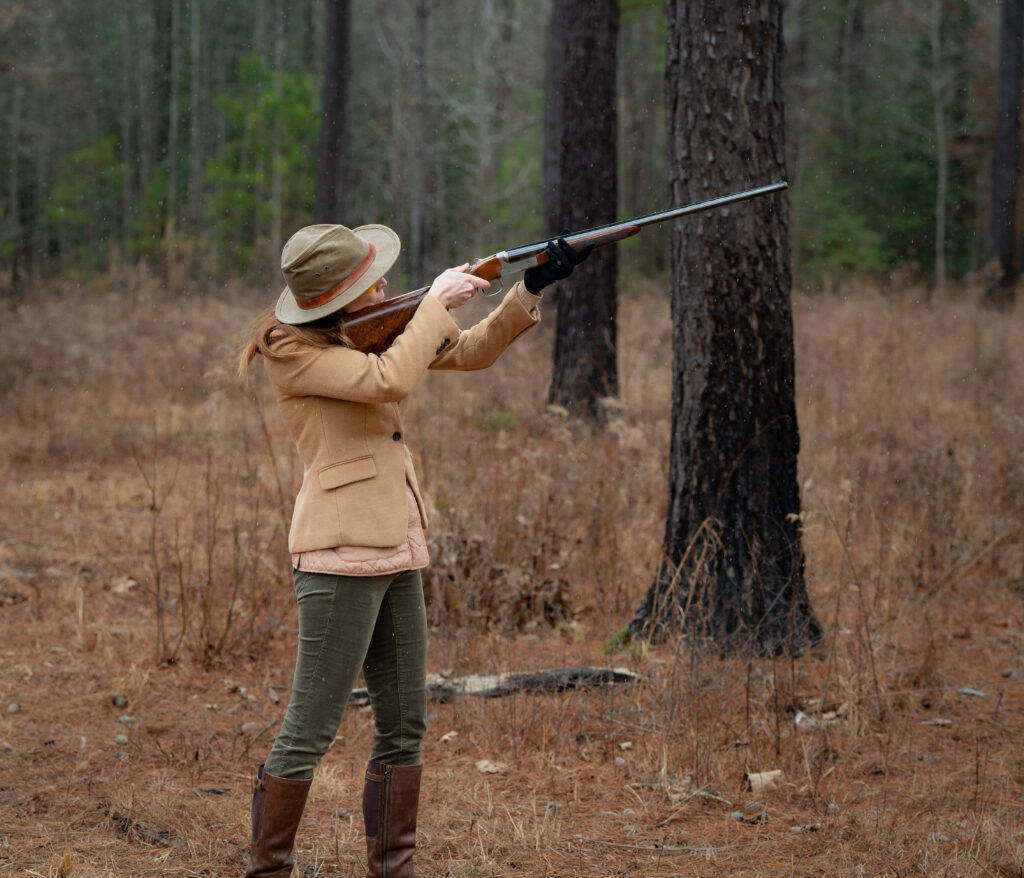
After the last birds were released and the horn signaled the end of the shoot, participants gathered to share experiences and break bread. Barrett honored the majestic birds in appreciation of the role they played in a very fine day. He replaced the hot beef consommé, sloe gin and sausages served at a traditional British shoot with bourbon, Virginia ham biscuits and Rappahannock oysters—fare common in the Old Dominion.
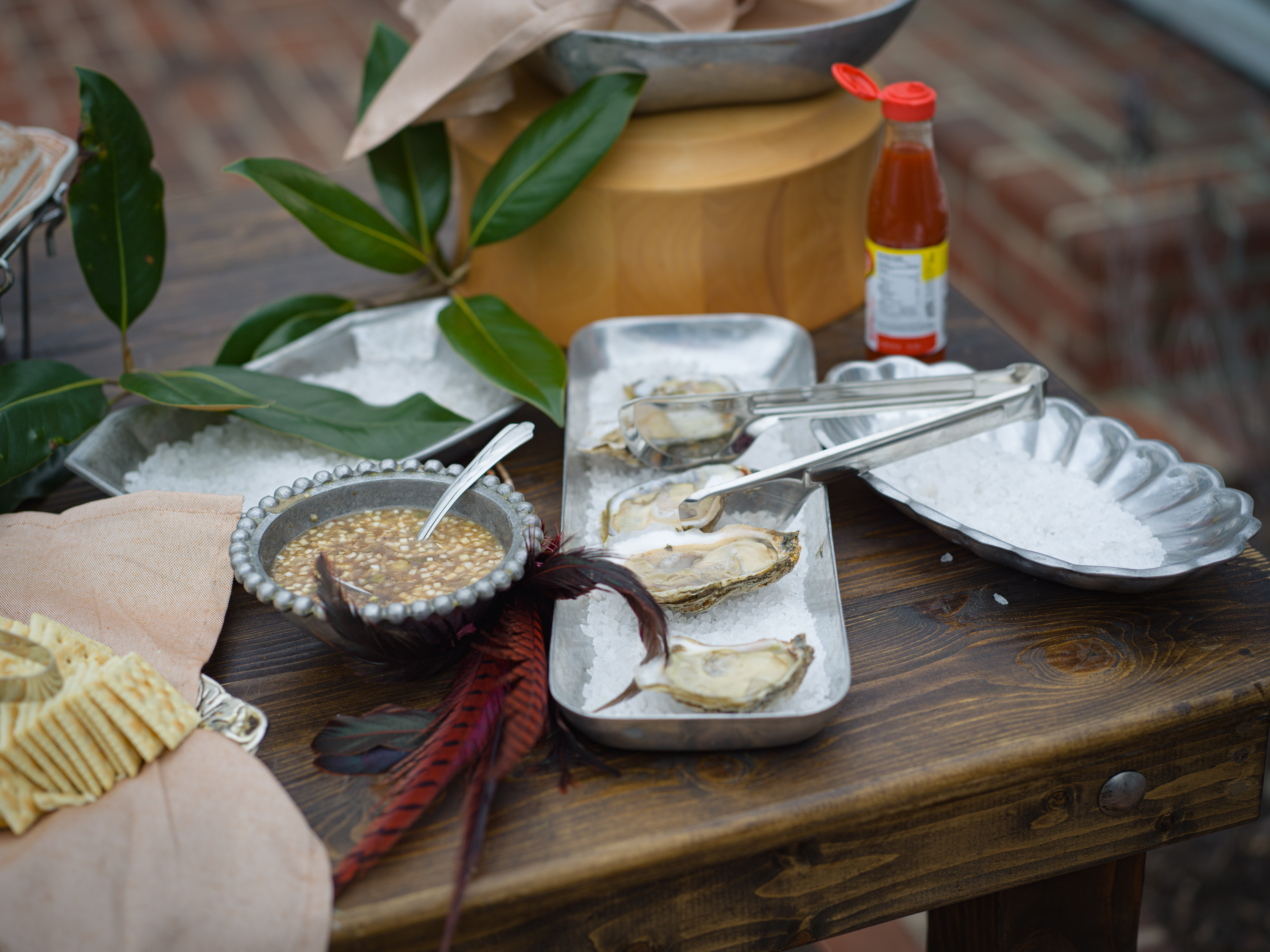
Guests departed and meandered down the long driveway that marks the approach to Dundee, still flush with excitement from participating in one of Britain’s longest-standing traditions that pays homage to our roots with a Virginia twist.
Eric Kallen is the editor-at-large of The Virginia Sportsman. His work has also appeared in The Pointing Dog Journal, The Retrieving Dog Journal and Medium Format magazine, which showcases exceptionally inspiring photography.

